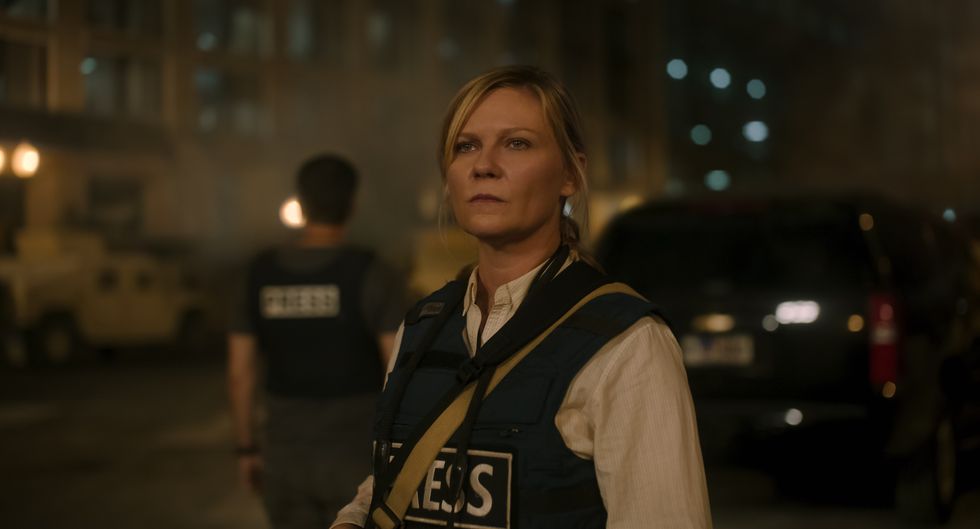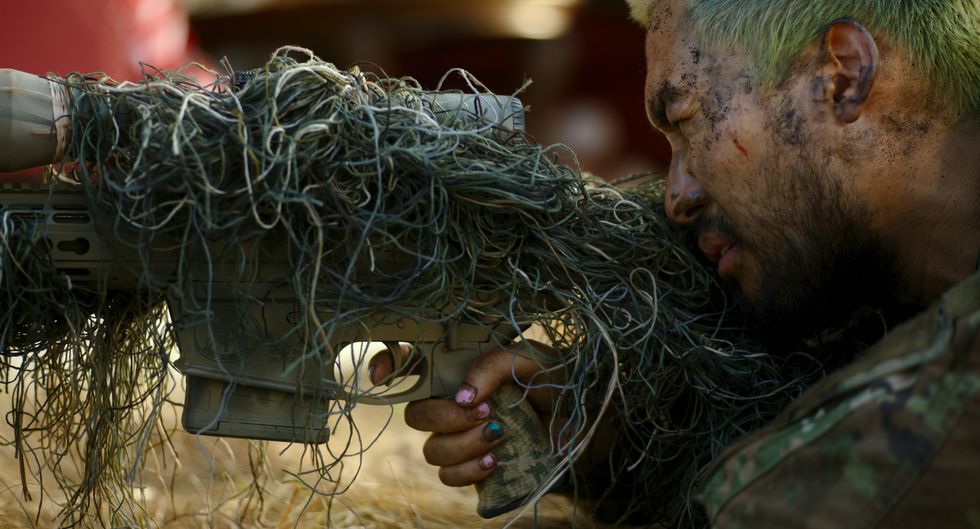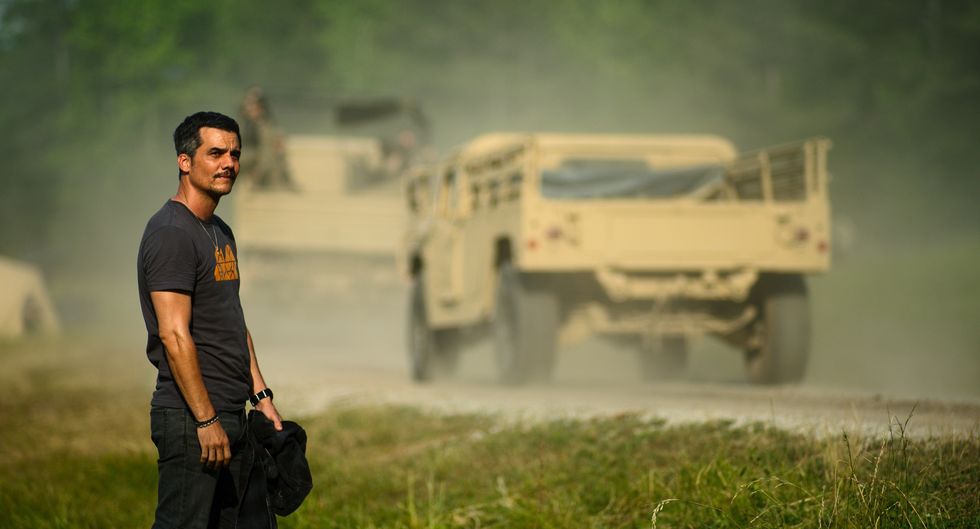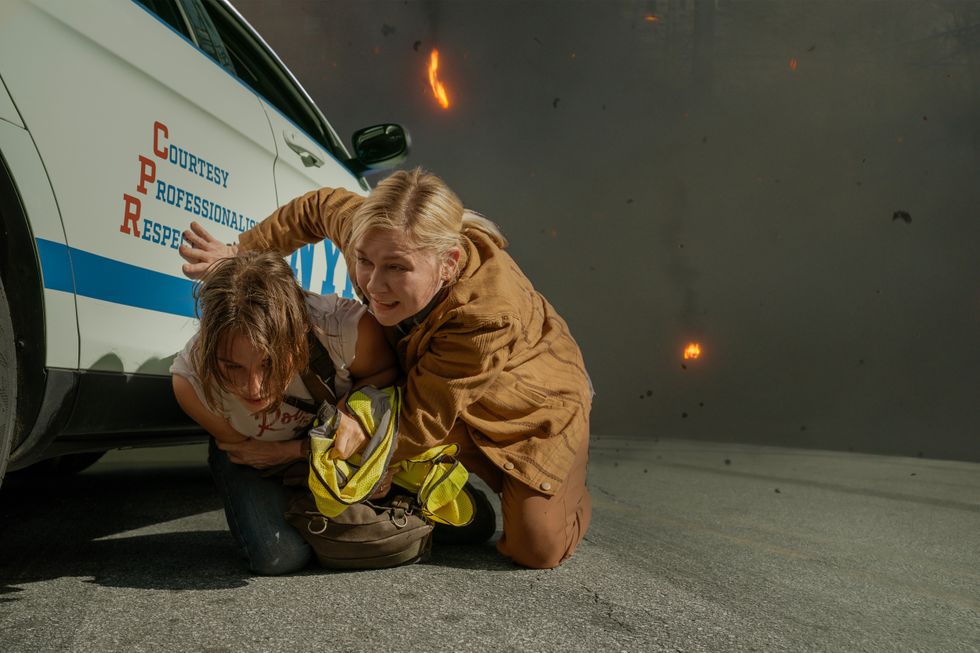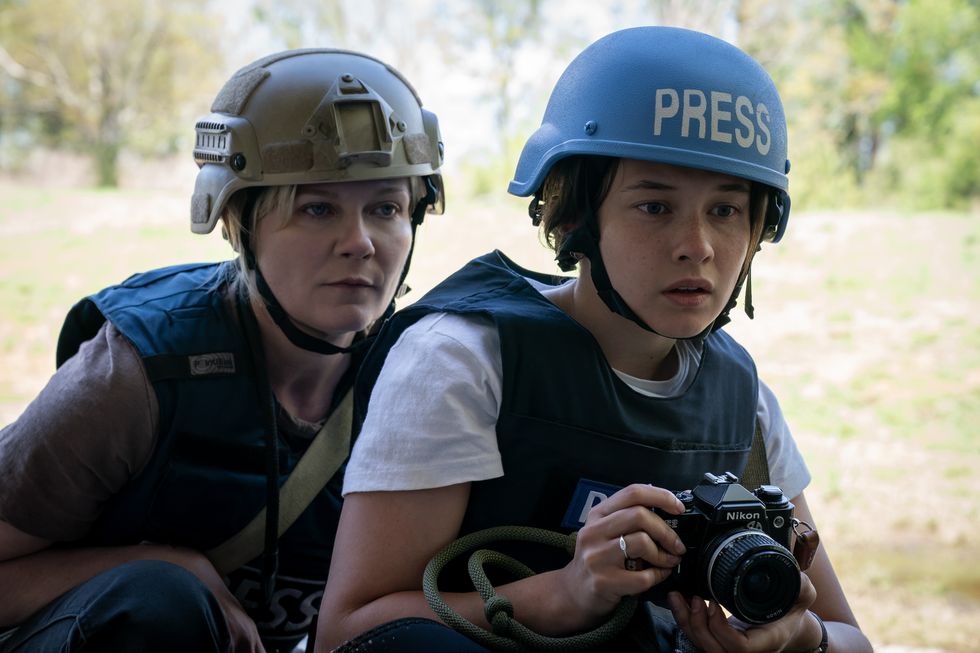I Made a Short Film with a Toy Camera—Here's What It Looks Like
When your story is good, people say the gear doesn't matter. I want to actually prove it.

My name is Toni V. Genov, and I am a Bulgarian filmmaker based in Denmark. I’ve been making all kinds of videos since 2015, but this year I finally released my very first short film, 2088. And while the short film has been receiving amazing feedback, some might say that the story behind it is even more interesting.
The reason is that a few months ago I bought a cheap $15 toy camera and thought it would be a fun challenge to try and make a short film with it. No budget, no actors, no gear, just me and this little, tiny camera. But what started out as a joke ended up as a serious thriller/sci-fi project that people genuinely enjoyed. And the best part? It completely changed the way I think about filmmaking.
But before we get there, let’s first have a look at it.
Why Does It Take Place on a Computer Screen?
When I first got the toy camera, I wanted to see exactly what I was dealing with. I took it out for a few test shots and when I saw the footage, it was somehow even worse than what I expected. So right off the bat, I had to figure out a way to implement the bad video quality into the story itself, otherwise, nobody would want to see it.
Maybe it was going to be security camera footage? Or a dashcam? Or a laptop camera? It just had to be something that the audience wouldn't question.
Eventually, I decided that the whole film would take place on a computer screen. And that actually solved more than one problem for me. First of all, displaying the camera footage on a smaller window would help make it look less terrible, but more importantly, since I had no actors, having the characters communicate with each other via text messages was pretty much the only way I could tell the story.
Another benefit of using this format was that I could help establish the world through other elements on screen: the browser, articles, taskbar, and folders.
Once I was set on the idea, I created all the elements from scratch in Final Cut Pro X using the basic shapes and generators. This allowed me to have full control over everything and came in handy when animating the different elements on the desktop.
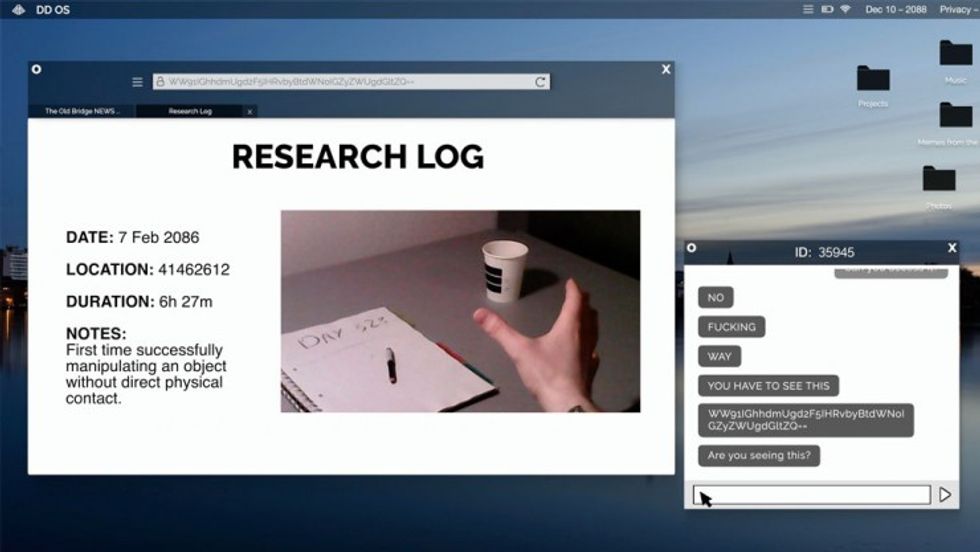
Creating a Creator with an Inanimate Object
One thing that particularly stood out to me was how important the cursor was. By the end of the film, it almost became a character itself.
Thanks to the cursor, I could show our character second-guessing himself or his reaction to things. Depending on how fast or slow it was moving, or if hovered somewhere for a longer period, it conveyed completely different emotions.
The best example of that was at the end scene where, thanks to the cursor, I could imply what happened to the character without actually showing it. We still get the idea, but all the details are left to our imagination, and sometimes that makes it even creepier.
I also turned the disadvantage of the toy camera into an advantage. Since the video equality was so bad, it also meant that I could get away with quite a lot. All the effects in the short film were done practically, in-camera. I just used a thin fishing line, taped it to the objects, and had someone pull it off-camera. It worked out surprisingly well, and I wasn't really worried about the fishing line being seen or having to remove it in post.
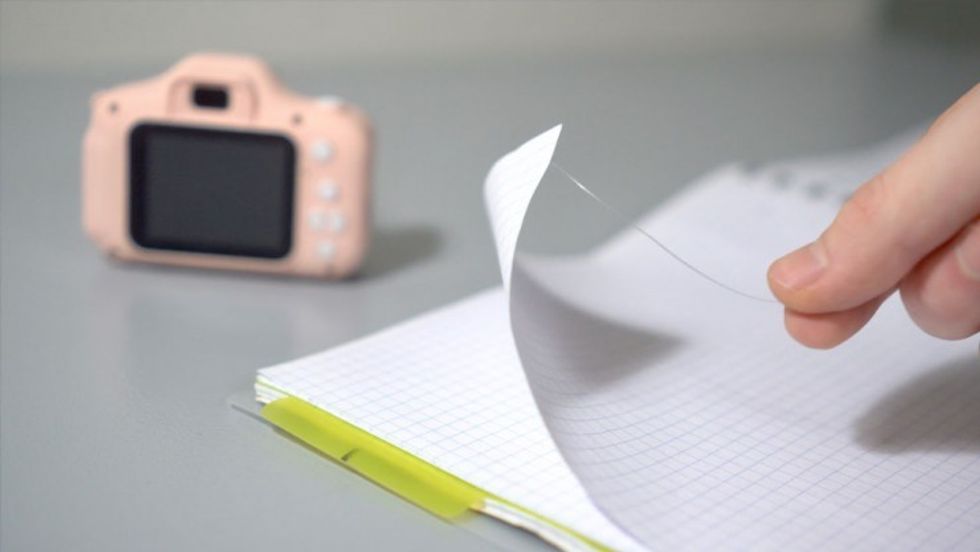
Audience Feedback
When I posted the short film on social media, I was blown away by the amazing response it received. People not only loved it, but even asked for more, and that is perhaps the best compliment a filmmaker can get.
But out of all the nice comments I got, nobody, not a single person mentioned, complained, or even acknowledged the bad video quality. And I think that’s the main takeaway from this.
Now, some people might be thinking, “Well, that’s because the toy camera footage is a very small part of the film,” but to them I say, that’s exactly the point!
When facing a major limitation, you can either do something mediocre or figure out a way around it.
I wrote the short film to be set on a computer screen because realistically it was my only option. I didn’t write any dialogue, because I had no actors. I didn’t film in different locations, because I couldn’t afford any. I was constantly focused on my limitations and finding ways to overcome them. I think that sometimes up-and-coming filmmakers like myself are intimidated by not having nice gear. We see people using fancy cameras, gimbals, sliders, jibs, and before we know it we end up thinking that those are required to tell a great story. But that’s simply not true.
What the audience truly wants is something original and engaging. And a short film is the perfect format to experiment and get as creative as you want.
My advice is to play to your strengths. Think about creative limitations. It is much better to tell a simple, creative story in an excellent way, than biting off way more than you can chew and falling flat. And before you know it, the box will grow with you.
You can check more of my work on my YouTube channel or follow me on Twitter or Instagram.

